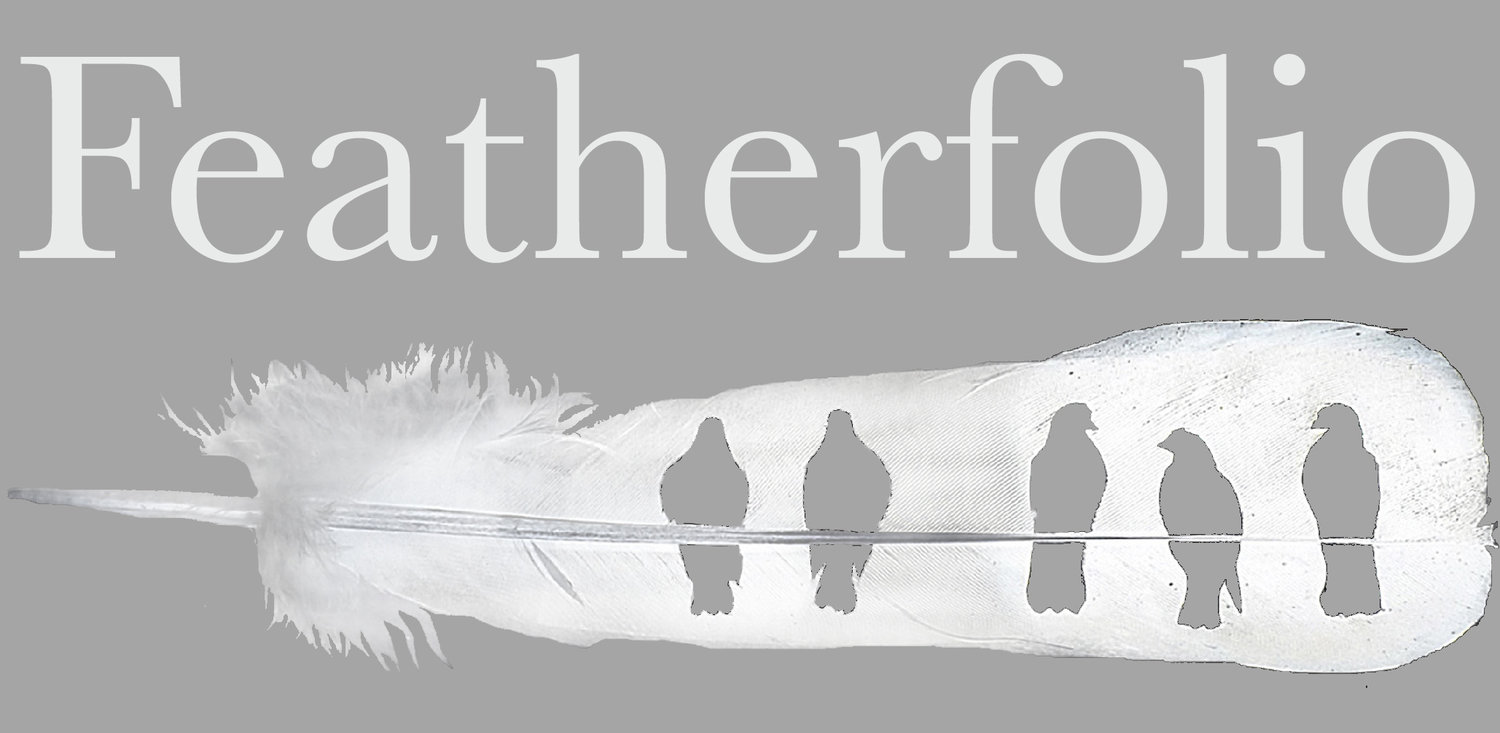Chilean flamingo feather
Subconsciously, I imagine that humans are better than other creatures. For instance, I usually think that we are the only creatures who are creative. Here is a little tidbit that helps shake that up that assumption:
Some birds use secretions from their oil gland to paint enhancements onto their feather colors. For instance, I thought that the flamingos’ orange color came from their bodies processing the carotenoid-rich shrimp that they eat into growing feathers as pink and orange. It does, but in addition, an even brighter orange color oozes out of the bird’s oil gland on its back. The bird carefully and selectively spreads this on their feathers to further color itself.
Other birds find ways in their environment to brighten their feathers. In zoos, the bearded vulture’s feathers are white. In the wild, they rub their bellies into red soil, then choose where to further spread the red color on their other feathers.
Over a dozen bird families color own feathers in some way. In addition, bright pigmented reds, oranges and yellows in birds are derived from the food that they eat. We might assume that creatures are dumb and do everything by instinct. However, birds consciously choose the best foods for themselves consciously evaluating a number of factors, one of which might be, “How is this going to color my feathers?”
The more I learn about birds and other living beings, the less I imagine my human abilities as setting me apart and above birds and the rest of life.
Amat, Juan A, & Rendon, M.A. 2017. Flamingos. Behavior, Biology, and Relationship with Humans
Negro J.J., Margalida A., Hiraldo F., & Herdia R. 1999. The Function of the Cosmetic Coloration of Bearded Vultures: When Art Imitates Life.
Delhey K, 2007. Cosmetic Coloration in Birds: Occurrence, Function, and Evolution. American Naturalist

